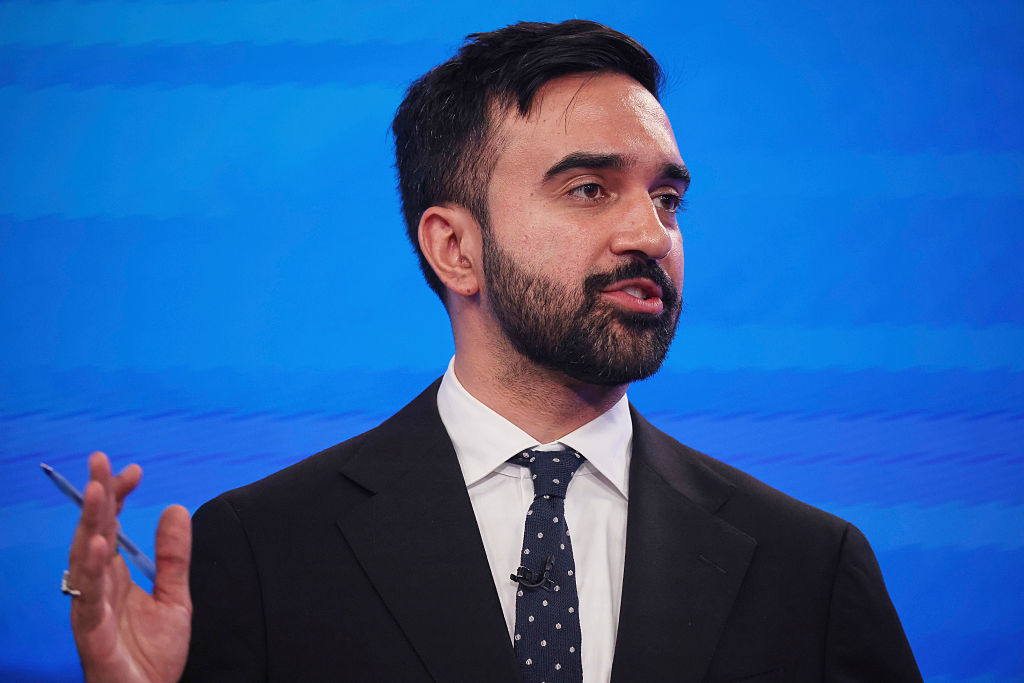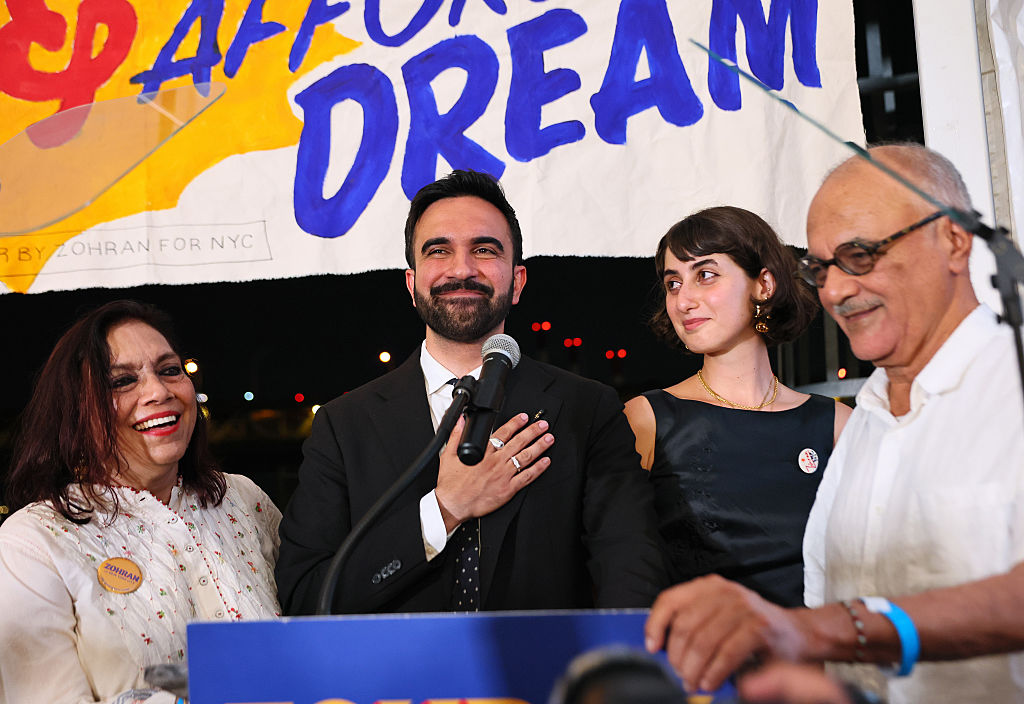The Watts Riots In Retrospect
The Watts Riots: The Fire Still Burns 45 Years Later
My friend and I watched looters gleefully make mad dashes into the corner grocery store; their arms bulged with liquor bottles and cigarette cartons. Suddenly, my friend shouted out as if he was speaking to an audience, “Maybe now they’ll see how rotten they treat us.” The “they” was the white man. His words were, angry, and bitter. Yet underneath there was a subtext of hope that the mass orgy of death and destruction that engulfed the block we lived on and the surrounding blocks during the harrowing five days and nights of the Watts riot in August 1965 might improve things for blacks. Over the years when I returned to the block I lived on during the riot, I often thought of his bitter yet hopeful words.
Forty-five years after the riots, those hopeful words remain just that. The streets that my friend and I were shooed down by the police and the National Guard forty-five years ago look as if time has stood still. They are dotted with the same fast food restaurants, beauty shops, and liquor stores, and mom and pop grocery stores. The main street near the block I lived on then is just as unkempt, pothole ridden, and trash littered. All the homes and stores in the area are all hermetically sealed with iron bars, security gates, and burglar alarms. Forty-five years ago, many of us were poor and trapped in a segregated neighborhood. But we knew, trusted, and looked out for our neighbors. We could walk the streets at night, and felt secure in our homes. That day is long past.
On the twenty-fifth and the fortieth anniversary of the Watts riots, I hosted and participated in symposiums in Watts on the meaning and significance of the Watts riots to L.A. and the nation. The participants were from community groups that worked in Watts, Watts residents, and elected officials. They were virtually unanimous that conditions were frozen in time, and that the government and businesses had failed miserably to keep their promises to remake Watts. Tommy Jacquette, executive director, of the Watts Summer Festival, flatly said that Watts was still the same Watts that he grew up in. Jacquette, until his death in 2009, each year commemorated the deaths of those killed by police during the riots. He called them martyrs.
Since the riots, the Watts Labor Community Action Committee, has operated an array of job, education and housing programs in Watts. But Tim Watkins, executive director, has been frustrated by chronic funding shortfalls, city and state budget cutbacks, and the refusal of major industry and retail businesses to commit to development in the area.
In the decades after the Watts riots, Watts and the many Watts’s of America were written off as vast wastelands of violence and despair. Many banks, and corporations, as well as government officials, reneged on their promises to fund and build top-notch stores, make more home and business loans, and provide massive funding for job and social service programs in poor black, inner city areas such as Watts. Business leaders still have horrific visions of their banks and stores going up in smoke or being hopelessly plagued by criminal violence.
Click here to view photos:
RELATED:















